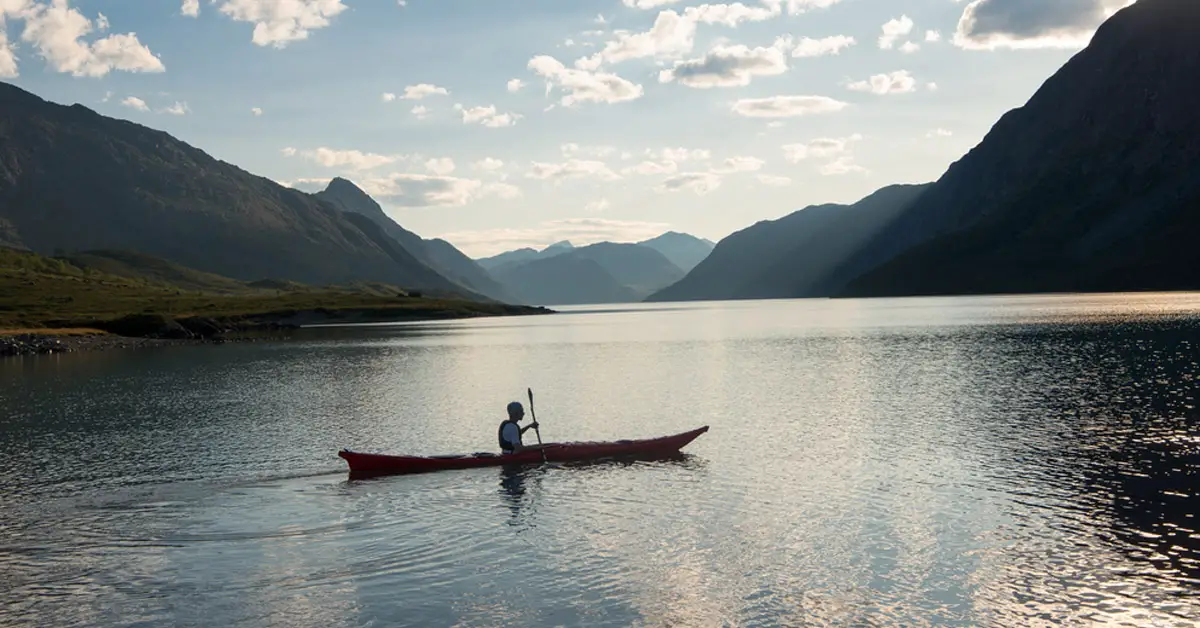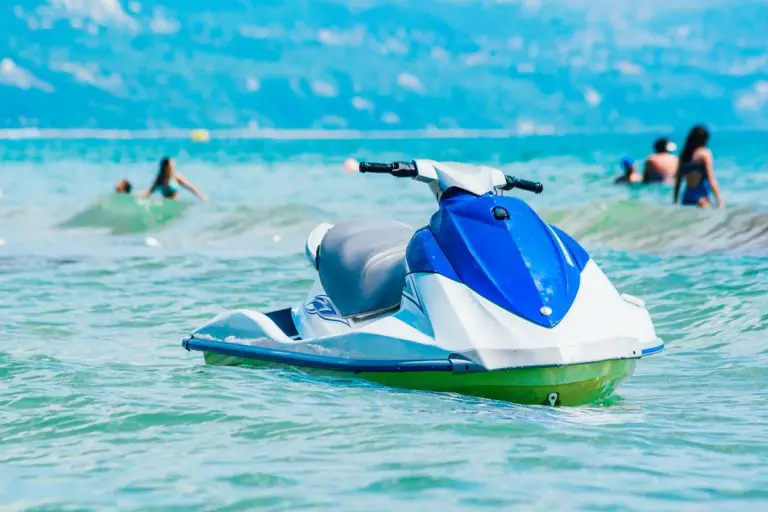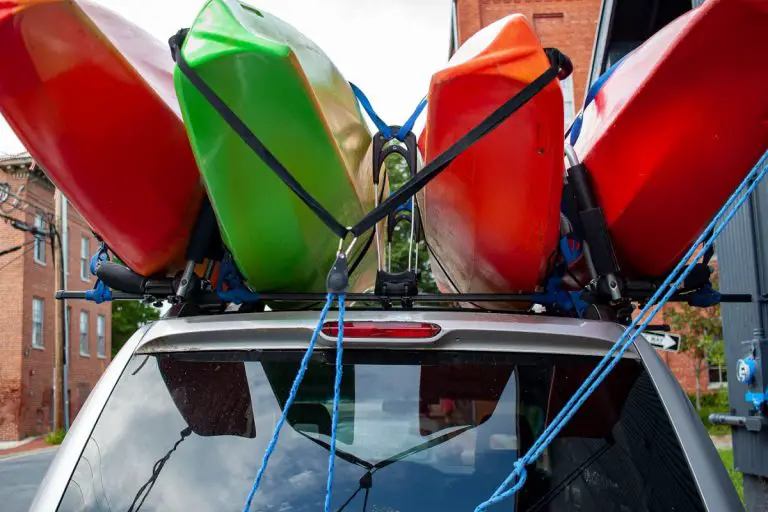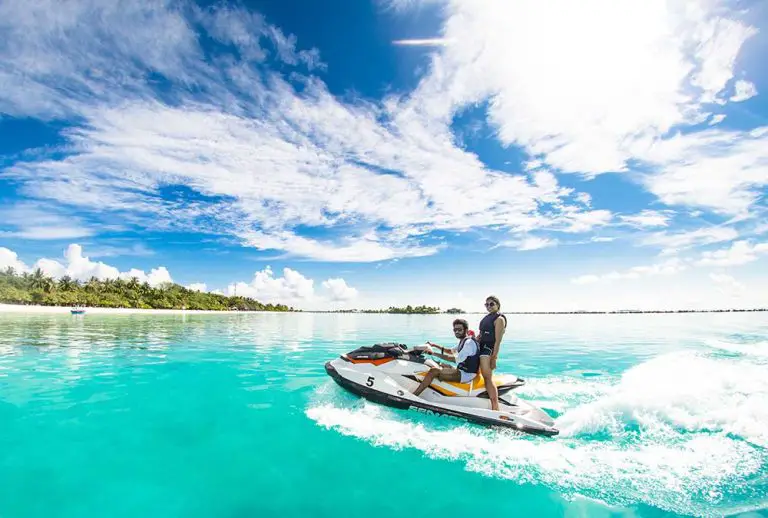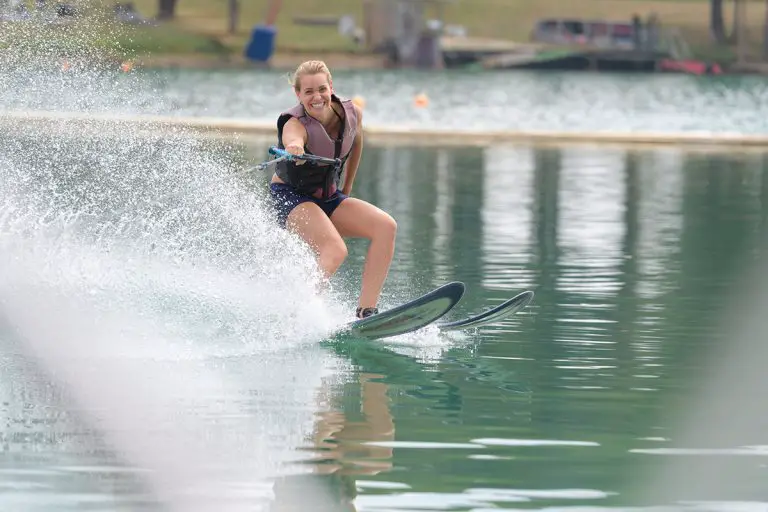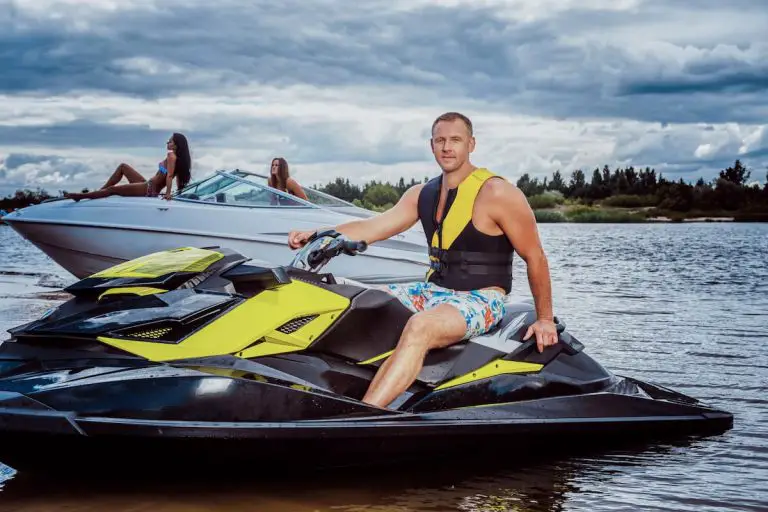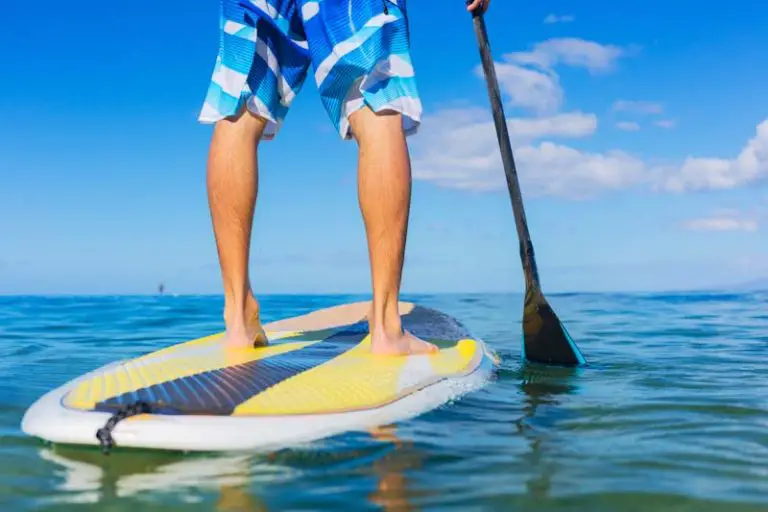Can I Kayak Anywhere? A Guide to Exploring Kayaking Opportunities and Restrictions
Embarking on an adventure by kayak, guided only by the rhythm of your paddle, can be a deeply stimulating experience. Kayaking offers a unique opportunity to blend the tranquility of nature with the thrill of discovery.
Unfortunately, however, you cannot kayak just anywhere. While kayaking opportunities are vast, certain restrictions apply due to environmental protections, private property rights, safety concerns, and local regulations. Check with local authorities or relevant agencies before kayaking in a new area.
While the world is filled with countless waterways, each more enchanting than the last, they are not all navigable by kayak. This article delves into the nuances of the topic, shedding light on the exciting possibilities and necessary constraints of your next paddling adventure.
Environmental Considerations in Kayaking
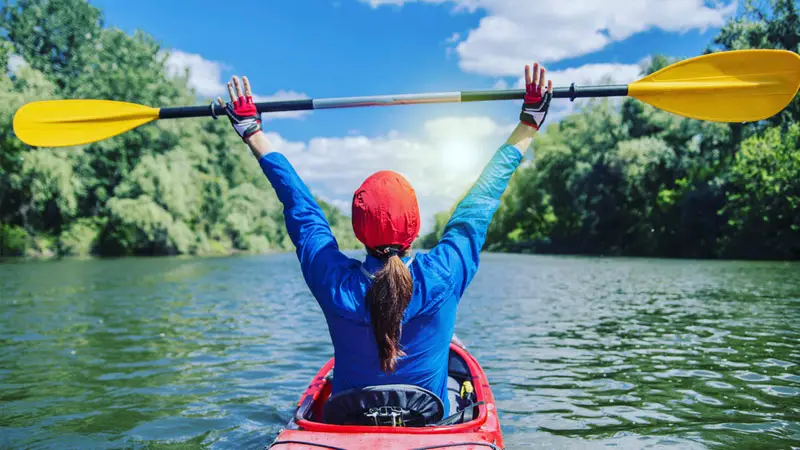
As an outdoor enthusiast, it’s crucial to recognize the environmental considerations involved in kayaking. Waterways are sensitive ecosystems teeming with life, from delicate aquatic flora to diverse fauna that rely on these habitats. Kayaking can potentially disturb these ecosystems if not conducted responsibly.
Noise and physical disturbance can distress wildlife, improper waste disposal can pollute the water, and repeated traffic through certain areas can cause erosion and damage to vegetation. Ensuring we paddle responsibly preserves these environments for future generations and contributes to the continued enjoyment of these beautiful, natural spaces.
Navigating Private Property and Public Access Rights
Understanding the difference between private property and public access rights is essential in kayaking. Not all waterways are public domain; many run through privately owned lands, posing potential legal issues for unwary kayakers.
Researching and respecting these boundaries is important, adhering to the principle of “leave no trace” when accessing these areas. In some cases, you may need to obtain permission from landowners before embarking on your journey. Laws and regulations vary greatly depending on location, so familiarizing yourself with the local rules is a fundamental step in planning your kayaking adventure.
Kayaking and Local Regulations: What to Know
Understanding local regulations is an essential part of responsible kayaking. These rules are in place not only for your safety but also for the protection of the environment and the rights of other water users. They can cover everything from permits and equipment requirements to navigation rules and restrictions on where and when you can kayak. Failure to adhere to these regulations can result in penalties and even endanger your well-being.
Here are some key points to consider:
- Permits and Licenses: Some areas may require a permit or license for kayaking. Check with local authorities or the governing body of the waterway to see if this applies.
- Equipment Requirements: Certain safety equipment may be mandatory, such as life jackets, signaling devices, or navigational lights for twilight or night kayaking.
- Navigation Rules: Just like roads have rules, so do waterways. This might include right-of-way rules, speed limits, or restrictions on landing or launching.
- Restricted Areas: Some areas may be off-limits to kayaks due to environmental sensitivity, private property, or safety concerns. Always check before you set out.
- Seasonal Restrictions: At certain times of the year, kayaking may be prohibited due to wildlife nesting, high water levels, or other seasonal considerations.
- Group Size Limitations: In some places, the size of kayaking groups might be limited to minimize disturbance to wildlife and other waterway users.
Exploring Internationally: Kayaking Rules Around the Globe
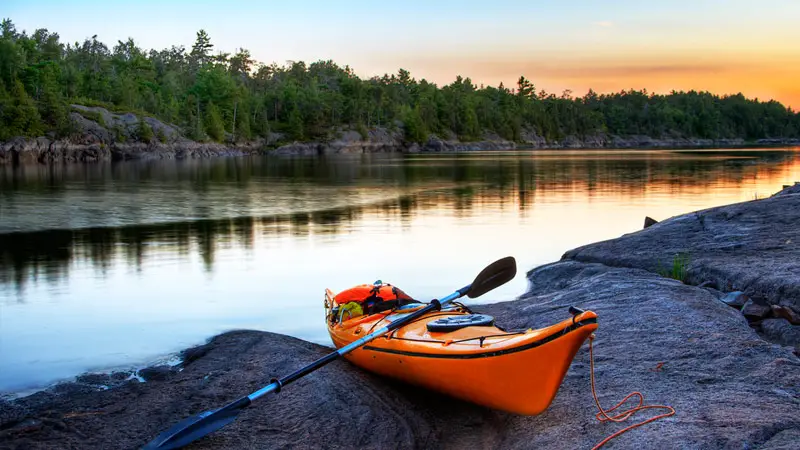
Taking your kayak abroad can open up a world of new experiences, from navigating tropical mangroves to paddling under arctic glaciers. However, international kayaking comes with its own set of rules and considerations.
Regulations can vary greatly from country to country, influenced by local customs, environmental policies, and varying interpretations of public access rights. It’s crucial to thoroughly research each destination’s specific rules and respect the local norms.
- Local Laws and Regulations: These vary widely, from licensing requirements to permitted areas and equipment mandates. Researching and adhering to these is crucial for a trouble-free adventure.
- Cultural Sensitivities: Waterways may have cultural or spiritual significance in some areas. It’s important to respect local customs and restrictions in these instances.
- Environmental Regulations: Many countries have strict rules to protect their natural environments. This might include restrictions on entering certain areas, rules about waste disposal, or limitations on group sizes.
- Import/Export Rules: If you’re bringing your kayak, be aware of any import/export regulations in your home country and destination. This could also apply to invasive species controls.
- Insurance and Liability: Always ensure appropriate insurance coverage when kayaking abroad. Be aware of your liability and what your insurance covers.
- Language Barriers: Be prepared to navigate potential language barriers. Having a translation app or guidebook can be helpful in non-English speaking destinations.
Awareness of these international differences is key to enjoying a safe and respectful kayaking experience in unfamiliar waters. Always remember, when you’re a guest in another country, you must adapt to their rules and customs.
Know Before You Go: Checking Kayaking Locations
Before you set out on a kayaking adventure, it’s essential to thoroughly research your chosen location. Detailed preparation will help you enjoy your experience more fully and ensure you’re respecting the environment and local regulations. Look into the specific conditions of the waterway, including potential hazards, water flow, and weather patterns.
Also, check for any restrictions or permissions needed. This might involve reaching out to local authorities, visiting websites of national or regional parks, or even joining local kayaking groups for advice. By investing time in understanding your destination before you go, you can paddle confidently, respecting all rules and fully appreciating the beauty around you.
The Role of Seasonality in Kayaking Opportunities
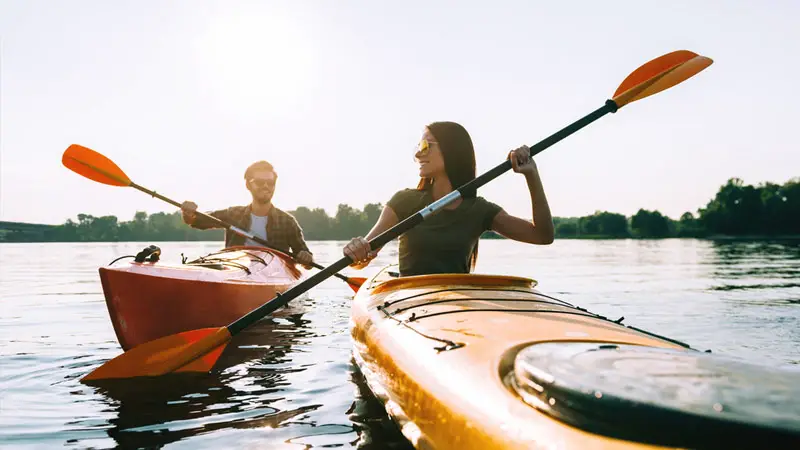
Seasonality plays a pivotal role in kayaking, influencing everything from the accessibility of certain waterways to the types of experiences you may encounter. Changes in the weather, wildlife activity, water conditions, and even regulations can all be driven by the turning of the seasons. Understanding these seasonal variations is key to having a safe, enjoyable, and respectful kayaking adventure.
- Weather Conditions: The time of year greatly impacts weather conditions, affecting safety and enjoyment. Winter can bring cold conditions and icy waters, while summer may offer calm and warm paddling opportunities.
- Wildlife Activity: Seasons also dictate wildlife behavior. Spring might bring bird migrations, while autumn could see fish spawning. Some areas might have restrictions during specific wildlife events to minimize disturbance.
- Water Levels and Conditions: Seasonal weather variations, such as rainfall, snowmelt, or drought, can significantly change water levels and currents. This can affect both the difficulty and the accessibility of certain routes.
- Regulations and Restrictions: Some areas may impose seasonal restrictions on kayaking to protect sensitive ecosystems, manage tourist crowds, or mitigate risks associated with weather conditions.
- Scenic Variations: Each season offers a unique perspective on nature, from vibrant spring blooms and summer’s lush greenery to autumn’s fiery colors and winter’s stark beauty.
Seeking Permission: When and How to Request Access
Seeking permission to kayak in certain areas is integral to responsible and respectful adventuring. There might be instances when you need to request access, particularly when waterways run through private property, protected lands, or tribal territories.
The process may vary, but it often involves contacting landowners, local authorities, or governing bodies. It’s important to ensure you obtain any necessary permissions well before your trip and always respect any conditions that come with granted access.
Key points to bear in mind include:
- Identifying Ownership: Research to find out who owns or manages the land surrounding the waterway you wish to explore. It could be private landowners, local government, or conservation organizations.
- How to Request Access: This could be as simple as knocking on a door to ask permission, emailing, or filling out a formal application. Do this in advance, as some processes can take time.
- Expressing Intentions: Communicate your plans, including your intended route, timing, and purpose. This transparency can help reassure the landowner that you will be a respectful visitor.
- Understanding Conditions: If granted access, you may need to adhere to the conditions. This could be as simple as respecting property boundaries or involving more specific rules.
- Evidence of Permission: You may sometimes be given a physical or written permit. Keep this with you when you’re on your trip as evidence of your right to access the area.
The Consequences of Ignoring Kayaking Restrictions
Ignoring kayaking restrictions can lead to a range of legal and environmental consequences. These rules are in place to protect delicate ecosystems, respect private property and cultural sites, and ensure the safety of everyone on the water.
Disregarding them can damage these protected spaces, disturb wildlife, create conflict with landowners or other water users, and even risk your life.
- Legal Penalties: Fines, bans, and in extreme cases, criminal charges, can result from ignoring restrictions. This could also impact your ability to get permits in the future.
- Environmental Impact: Kayaking in restricted areas can disturb wildlife, damage sensitive ecosystems, and contribute to erosion or other environmental problems.
- Safety Risks: Many restrictions are in place for safety reasons. Ignoring them can put you at risk of injury or death due to dangerous water conditions, weather, or wildlife.
- Damage to Relationships: Disrespecting rules can lead to conflict with landowners, local communities, and authorities. This can harm relationships between kayakers and these stakeholders, making access more difficult for everyone in the future.
- Reputation Damage: Repeated violations can harm the reputation of the kayaking community as a whole, potentially leading to stricter rules and reduced access.

